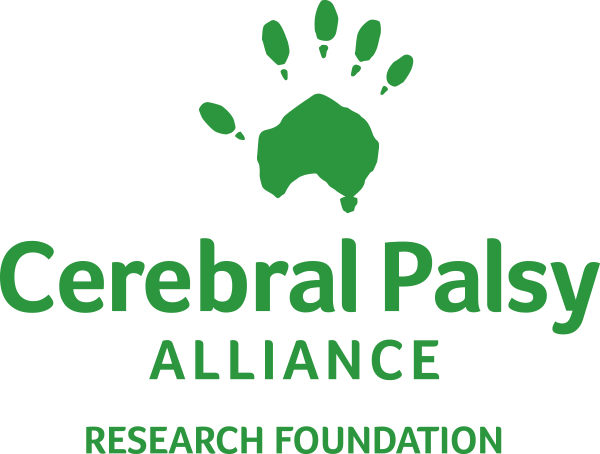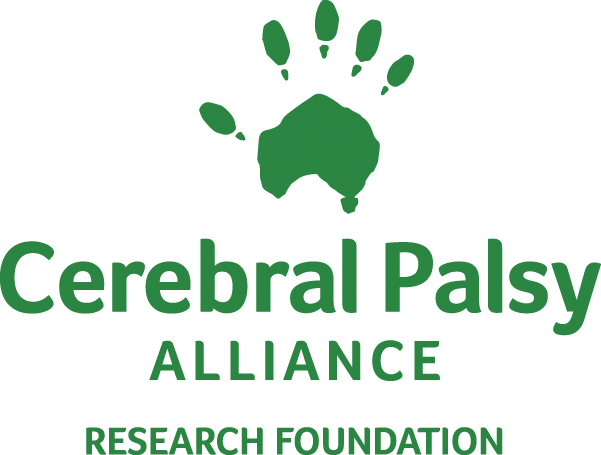These grants are awarded based on scientific merit, as determined by expert reviewers from around the world. CPARF grant funding typically begins in the calendar year following the grant round — for example, a grant awarded in 2018 would begin funding in 2019.
Thanks to your support, we can continue funding the most promising US-based researchers working to redefine what’s possible for people with cerebral palsy.
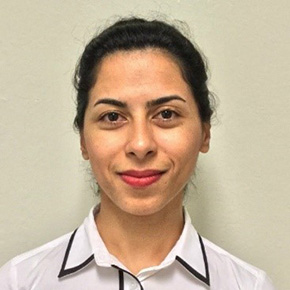
Somayeh Bakhtiari
Arizona Board of Regents, University of Arizona
Identifying the genetic basis of cerebral palsy in consanguineous multiplex families
Known causes of CP include premature birth, infection, lack of oxygen and head trauma. Genetic mutations have recently been recognized as an important contributor to CP as well (Fahey, et al. 2017). In this project, we will study genetic changes in a group of children with closely related parents. These families are often highly genetically-informative because they include multiple affected children from blood-related parents. Such information helps researchers focus on specific mutation types from a common ancestor and discard irrelevant candidate genes. Using this approach, causative mutations should be found in all affected family members but absent in healthy members of the family. According to previous studies and our preliminary data, CP genes are diverse and the probability of observing a CP gene in more than one family is rather low. However, distinct CP genes nevertheless seem to cluster in common biological “hubs” so we will use computational techniques to find common connections between new CP genes that we discover. We anticipate these studies will allow us to discover novel CP genes relevant to many ethnic groups with important implications for diagnosis, treatment, and future research.
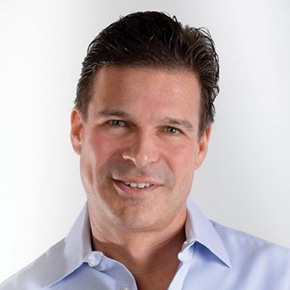
Terence Sanger
University of Southern California
Origin and Mechanism of Dystonia in Cerebral Palsy
Over the past 2 years we have developed a new and unique surgical procedure for deep brain stimulation (DBS) in children with secondary dystonia due to CP. We find the optimal brain target for each child and we test stimulation and recording for 1 week. Our new technique significantly improves clinical outcomes. We now propose to use the tremendous volume of unique data generated by this procedure to figure out the fundamental patterns of brain activity that cause dystonia and to learn how these patterns are affected by DBS. This analysis will allow us not only to find the most effective stimulation pattern for each child, but also to design new types of stimulation that will achieve better efficacy for many more children in the future.
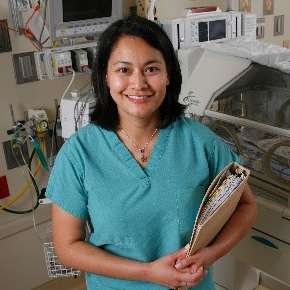
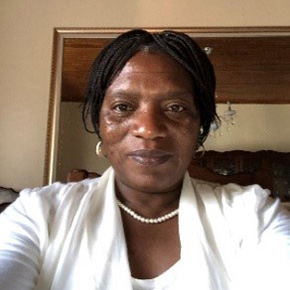
Beena Kamath-Rayne & Gwendoline Chimhini
American Academy of Pediatrics
Neonatal resuscitation and impact on newborn survival, fresh stillbirth rates and rates of cerebral palsy and adverse neurodevelopmental outcome
We will perform a pre/post cohort study to evaluate the impact of Helping Babies Breathe (HBB), a neonatal resuscitation program designed for low-resource settings, on neonatal survival and CP/adverse neurodevelopmental outcome. We will test the hypothesis that properly performed neonatal resuscitation will reduce rates of early neonatal mortality, stillbirth, and neonatal encephalopathy without a corresponding increase in CP/adverse neurodevelopmental outcome. We will follow newborns through 6 months of age to evaluate use of neurodevelopmental screening tools in a low-resource setting (including the General Movements Assessment (GMA), Hammersmith Infant Neurological Examination (HINE) and Mullen Scales). This project builds on existing collaborations with the Neonatal Unit and Children’s Rehabilitation Unit (CRU) at Harare Central Hospital in Harare, Zimbabwe, where perinatal asphyxia is the primary cause of CP, at 50%. This site has HBB exposure, but not yet the full systems of ongoing practice/quality improvement important for high quality implementation and sustainability.
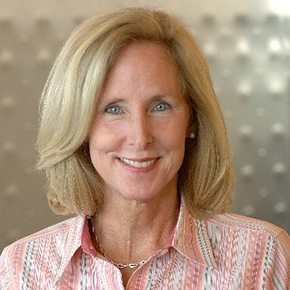
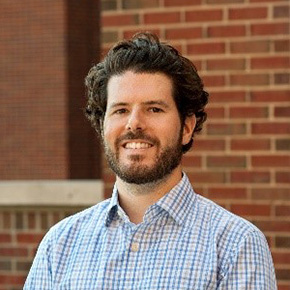
Diane Damiano & Thomas Bulea
National Institutes of Health Clinical Center
Portable Smart Early Mobility Device for High Risk Infants
This project will create a partnership between NIH and Aretech to leverage their commercial “smart” unweighting technology (ZeroG gait and balance system) to develop a novel freestanding gravity-reduced play space within which infants as young as 4 months with or at risk for cerebral palsy (CP) can independently initiate and practice mobility skills, e.g. crawling, standing and stepping. Previous and ongoing work using the ZeroG in toddlers has demonstrated that this technology consistently enables children with CP to safely perform typical motor developmental activities that are otherwise very difficult or not yet possible for them to do on their own such as squat, take steps, climb stairs and even fall and recover. We will redesign the ZeroG technology to create a safe, portable play space for infants to facilitate movement and exploration in multiple settings and we will evaluate this new system in a pilot clinical study at NIH.

Dr. Leigh Hochberg, Principal Investigator, and BrainGate researchers at Massachusetts General Hospital and Harvard, Brown, Case Western Reserve, and Stanford Universities
Thought-to-Speech: A Life-Changing Brain-Computer Interface System for Communication
Effective communication is fundamental to independence and participation in social, educational, and employment opportunities. Yet, a quarter of people living with cerebral palsy cannot talk and even more have co-occurring mobility challenges that inhibit their ability to use current assistive communication devices. Even the most advanced adaptive communication systems, such as eye gaze, remain extremely cumbersome, fatiguing and slow for many consumers, setting them back in our rapid response society.
Technology and modern computer science are driving change at a rapid pace, and if effectively leveraged, speech may be unlocked for millions of people who were once considered permanently nonverbal. Harnessing this transformative time, CPARF, along with world renowned research team, BrainGate, has launched a world-first initiative to develop a revolutionary communication system, called “Thought to Speech (TTS)”, a technology that leverages recent advances in computer science and brain-computer interface (BCI) to generate real-time speech, bypassing many of the impediments of currently available augmentative devices. The current goal is to launch clinical trials of a Thought-to-speech device for CP in 2021.
